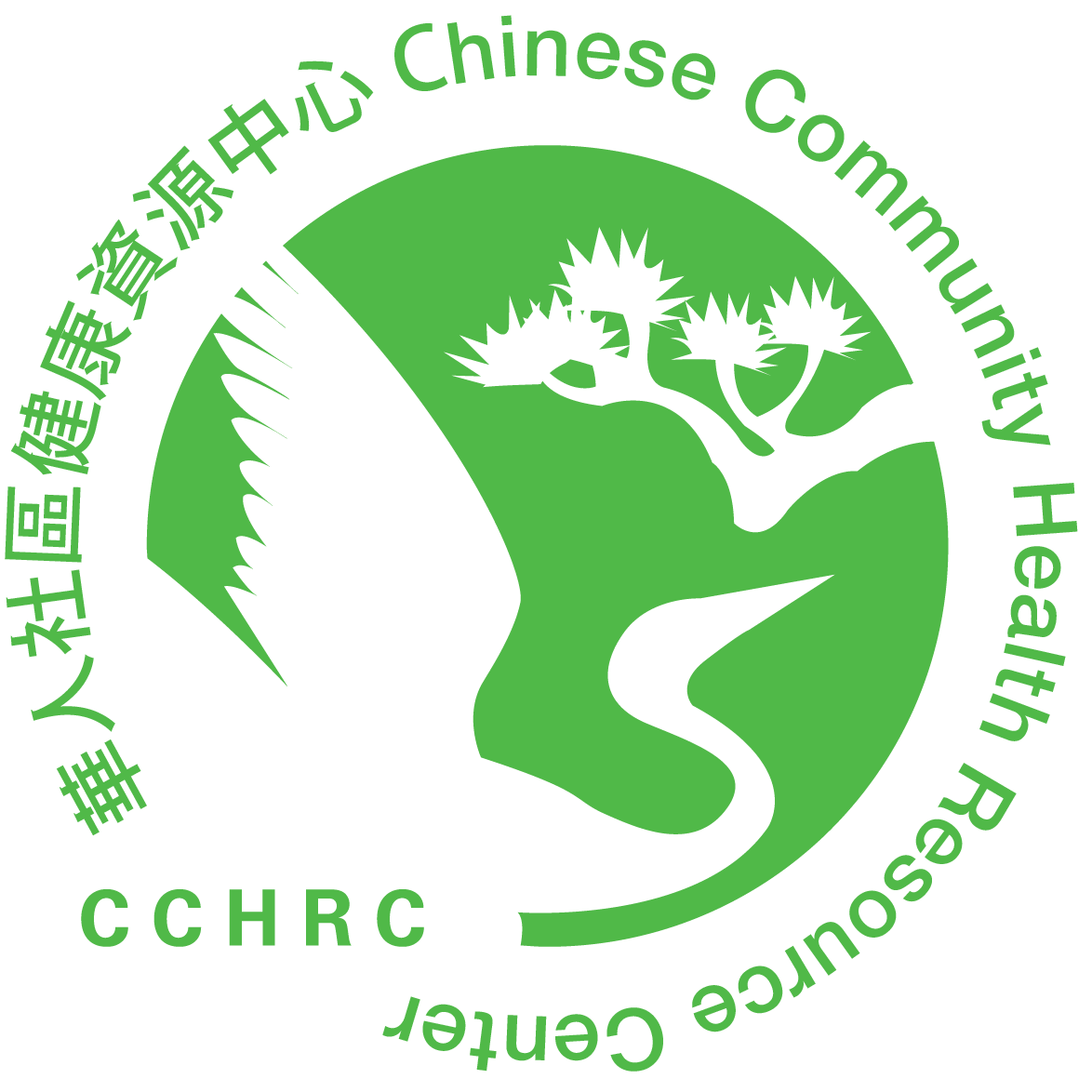Lung cancer is a type of cancer that affects one or both of the lungs. Like all other types of cancer, lung cancer is caused by an uncontrolled growth of abnormal cells that affect the normal function of the organ. Lung cancer is the leading cause of cancer deaths among both men and women in the United States.
I. Types of Lung Cancer
The two major types of lung cancer are non-small cell lung cancer (NSCLC), which accounts for about 85% of all lung cancer cases, and small-cell lung cancer (SCLC). SCLC occurs mostly in heavy smokers and is the most aggressive and rapidly growing type of lung cancer.
II. Signs and Symptoms of Lung Cancer
There are often no obvious symptoms in the early stages. The following symptoms usually occur when the disease is advanced:
- Chronic cough that gets worse over time
- Constant chest pain
- Coughing up blood
- Shortness of breath or wheezing
- Repeated episodes of pneumonia or bronchitis
- Swelling of the neck or face
- Weight loss or loss of appetite
- Fatigue
III. Risk Factors for Lung Cancer
- Smoking – Cigarette smoking is the most common cause for lung cancer. About 90% of lung cancer cases are due to smoking tobacco. Exposure to secondhand smoking is a major risk factor for lung cancer in nonsmokers.
- Asbestos exposure – Asbestos is a fibrous mineral that was used in many types of building products and insulation materials in homes built before 1980. When asbestos fibers are released into the air and breathed in, they can cause irritation and even lung cancer.
- Radon exposure – Radon is a natural, odorless but radioactive gas. Radon can be released by rocks and soil, and can easily travel into homes. When inhaled in large amounts or for a long period of time, radon can lead to lung cancer.
- Family history – People with family members who have had lung cancer are at a higher risk for the disease.
- Past lung diseases – People with a history of certain lung conditions such as chronic obstructive pulmonary disorder (COPD), tuberculosis, are at a higher risk for lung cancer.
IV. Complications of Lung Cancer
- Buildup of fluid between the lungs and chest wall
- Shortness of breath
- Coughing up blood
- Cancer spreading to other parts of the body
- General pain, especially if the cancer has spread
- Other lung conditions, including collapse of a lung and pneumonia
- Death
V. Detection and Diagnosis of Lung Cancer
- Physical examination
- Imaging tests such as X-rays and CT scans
- Tissue biopsy
- Examination of mucus and saliva under a microscope
VI. Treatment of Lung Cancer
The best treatment option is dependent on the patient and the extent to which the cancer has spread or the stage of the cancer. Treatment options are often combined to maximize results.
- Surgery – the removal of a small section or an entire lobe of one lung, as well as healthy tissues surrounding the tumor and nearby lymph nodes.
- Chemotherapy – powerful drugs used to kill cancer cells. Drugs may be taken by mouth or through the veins.
- Radiation – high-energy X-rays used to kill cancer cells or shrink tumors.
- Targeted drug therapy –drugs that target and attack specific cancer cells with less damage to normal cells.
- Clinical trials – research studies to test the effectiveness of a new drug. There are often a strict set of conditions and procedures before a drug undergoing clinical trials can be given as a treatment option. Participation in clinical trials can help scientists find better ways to treat lung cancer and other diseases in the future.
VII. Prevention of Lung Cancer
- Quit smoking.
- Avoid secondhand and smoke.
- Avoid heavy alcohol consumption.
- Eat a healthy diet of fruits and vegetables.
- Use asbestos filters and protective breathing equipment in areas with high risk of asbestos exposure.
- Test home for radon (test kits available at home improvement stores).
- Limit exposure to pollution and known areas with chemicals.
VIII. Screening for Lung Cancer
The U.S. Preventive Services Task Force (USPSTF) recommends that individuals at high risk of developing lung cancer undergo low-dose computed tomography (CT) screening. High risk individuals include heavy smokers, ages 55 to 80, who have smoked a pack a day for 30 years and are currently smoking, or have stopped smoking within the past 15 years.
For more information about lung cancer:
American Cancer Society https://www.cancer.org/cancer/lung-cancer.html
Copyright © 2015-2020 Chinese Community Health Resource Center
If you would like a copy of this health article, please click on the PDF button in the language you prefer. To view the PDF document, you’ll need Adobe Acrobat, which you can download here.
Bilingual:



